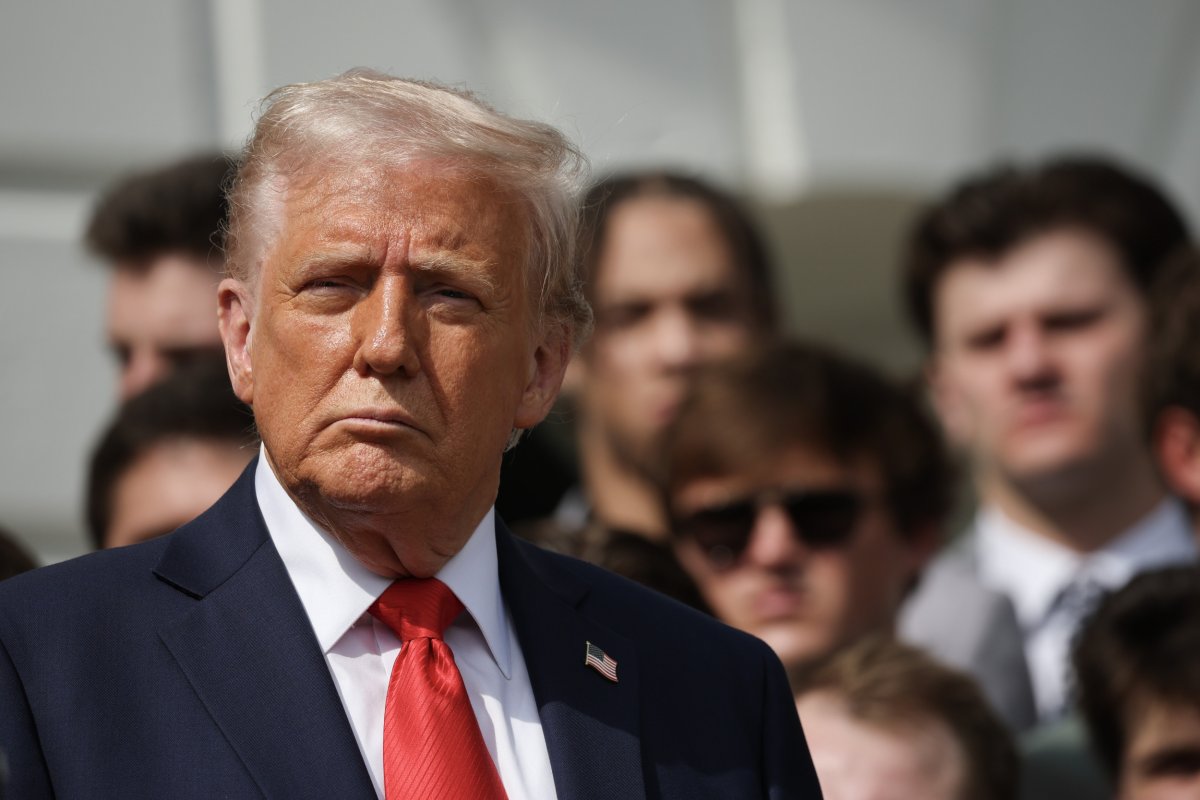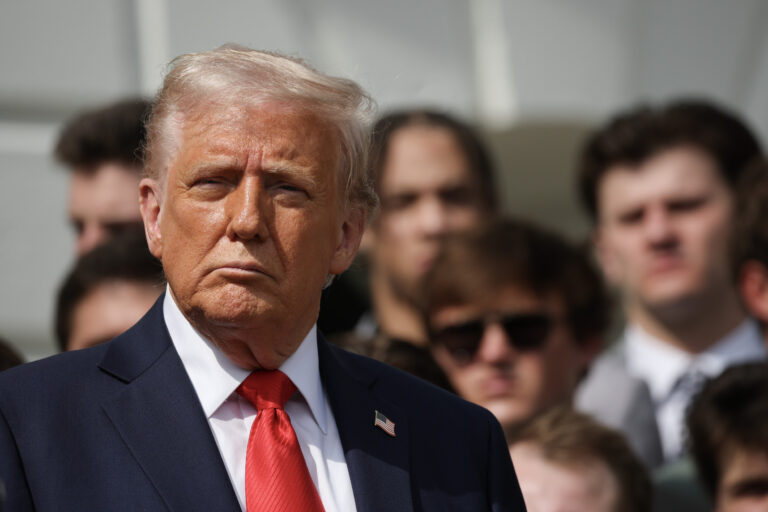President Trump’s tariffs, and the foreign retaliation these have resulted in, could cost U.S. households nearly $5,000, according to a recent report.
In its latest trade policy update, released Tuesday, the Budget Lab at Yale estimated that the tariffs currently in place will result in three-percent price increases in the short-term, equivalent to a per-household cost of $4,900.
Why It Matters
The Trump administration has defended the tariffs as essential for rectifying long-standing trade imbalances and rehousing American manufacturing. However, much of the criticism against these far-reaching policies has centered on the potential impacts the tariffs, as well as foreign retaliation to them, could have on inflation and prices for U.S. consumers.
What To Know
According to the Budget Lab at Yale, consumers now face an average effective tariff rate of 28 percent, the highest level since 1901. Even if consumers adjust their preferences away from more expensive imports to domestically produced goods, the research institute said that the average tariff rate would still equate to 18 percent.

More
Win McNamee/Getty Images
It found that the 2025 tariffs will “disproportionately affect clothing and textiles,” resulting in consumers facing higher shoe and clothing prices—87 and 65 percent, respectively, in the short-run, decreasing to 29 and 25 percent in the longer term.
Since its last trade update on April 10, China has raised its retaliatory tariffs on U.S. imports to 125 percent from 84 percent, in response to Trump hiking up duties on Chinese goods to 145 percent—which the administration recently said could combine with previous tariffs to equate to up to a 245 percent tariff on certain imports.
The U.S. has announced certain exemptions to the reciprocal tariffs—currently paused for all countries besides China—most recently for smartphones, computers, and other electronic products.
What People Are Saying
Online retailers Temu and Shein, in statements quoted by the BBC, said they would be making “price adjustments” starting April 25, as a result of “recent changes in global trade rules and tariffs.”
Federal Reserve Chair Jerome Powell, speaking at an event hosted by the Economic Club of Chicago on Wednesday, said: “The level of tariff increases announced so far is significantly larger than anticipated and the same is likely to be true of the economic effects which will include higher inflation and slower growth.”
Şebnem Kalemli-Özcan, professor of Economics at Brown University, told Newsweek that the tariffs will be “inflationary and contractionary,” if kept at their current levels.
Economist Gary Hufbauer told Newsweek that President Trump will be able to “extract some trade concessions and purchase commitments” during the 90-day pause on reciprocal tariffs, and predicted that the pause will be extended for most nations after the pause ends.
“My guess is that Trump escalates the attack on China, and perhaps adds a supplementary attack on the EU,” he said, “but takes a conciliatory approach against other countries.”
What Happens Next?
The reciprocal tariffs are subject to a 90-day pause following Trump’s announcement on April 9. On Tuesday, however, Trump ordered his Commerce Secretary to investigate the national security implications of America’s reliance on imported critical minerals.
The White House said that the findings of this investigation could lead to tariffs on certain nations which would “take the place of the current reciprocal tariff rate.”


